
Pitcairn Island is part of a loosely grouped handful of tiny islands of the same name in the remote South Pacific. It is farther from any continent than any other inhabited island, as evidenced by this map.
Tucked away more than 3,000 miles from any continent, the Pitcairn Islands are a group of four volcanic islands in the southern Pacific Ocean that form the sole British Overseas Territory in the Pacific Ocean. The four islands — Pitcairn proper, Henderson, Ducie, and Oeno — are scattered across several hundred kilometres of ocean and have a combined land area of about 18 square miles (47 km2). Although Henderson Island accounts for 86% of the land area, only Pitcairn Island is inhabited.
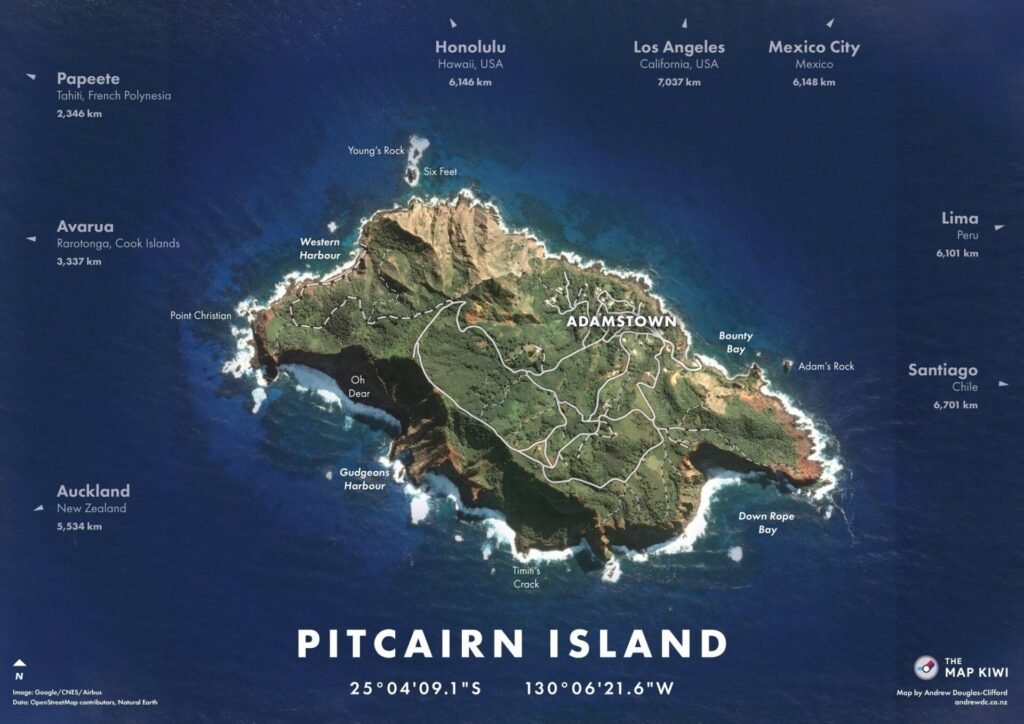
The nearest places are Mangareva (of French Polynesia) to the west and Easter Island to the east.
Pitcairn is the world’s least populous national jurisdiction. Pitcairners are a biracial ethnic group descended mostly from nine Bounty mutineers and a handful of Tahitian captives. The event has been retold in many books and films, and it’s still apparent in the surnames of many of the islanders.
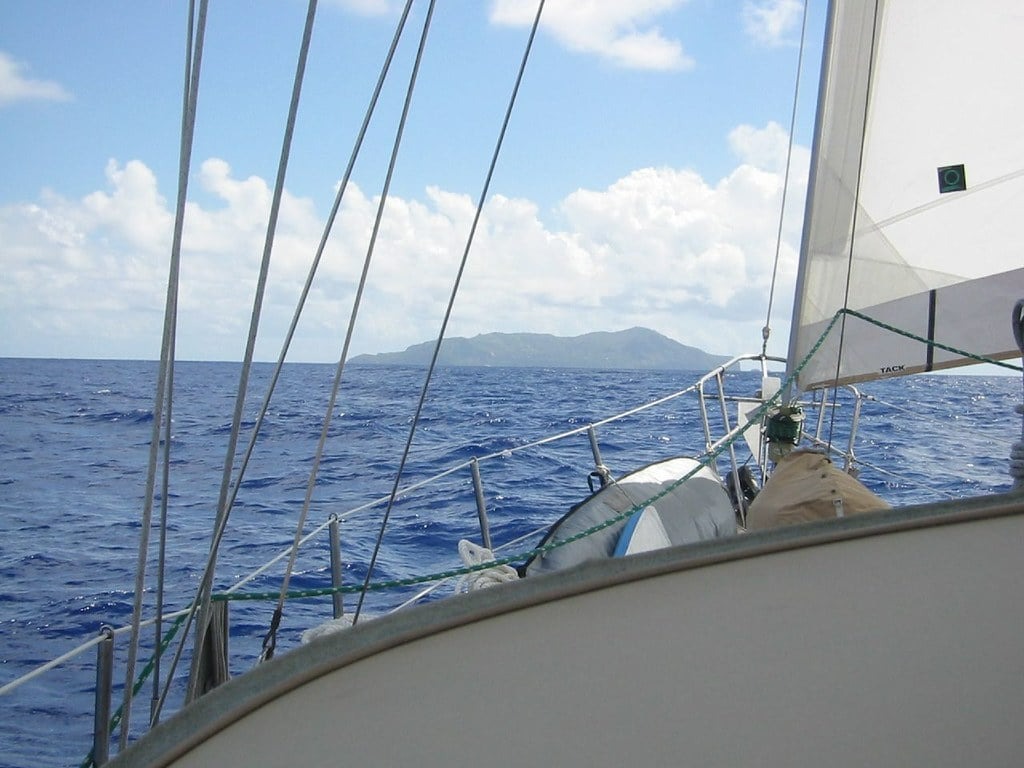
The island’s only settlement, the village of Adamstown, is surrounded by crystal clear blue waters. The place is also free of air pollution, but a lack of space and accessibility makes for tight quarters and close relationships.
As of January 2020, there were 43 permanent inhabitants living on the island.
Over half the population of Pitcairn Island in two longboats, 1978. Photo: Polyrus
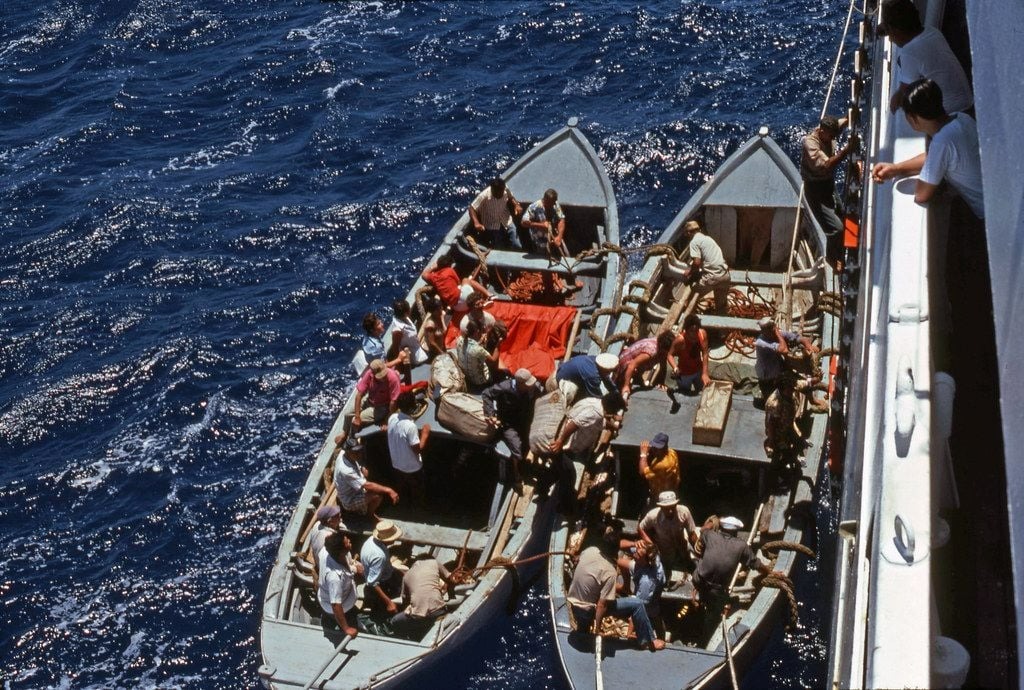
Prior to the otherwise-documented European discovery and colonization, the island was inhabited by Polynesians. In 1790, nine of the mutineers from the Bounty, along with the native Tahitian men and women who were with them (six men, eleven women, and a baby girl), settled on Pitcairn Island and set fire to the Bounty.
The inhabitants were well aware of the Bounty’s location, which is still visible underwater in Bounty Bay, but the wreckage gained significant attention in 1957 when documented by National Geographic explorer Luis Marden.
Although the settlers managed to survive by farming and fishing, the initial period on the island was marked by serious tensions among them. Alcoholism, murder, disease and other ills took the lives of most mutineers and Tahitian men.
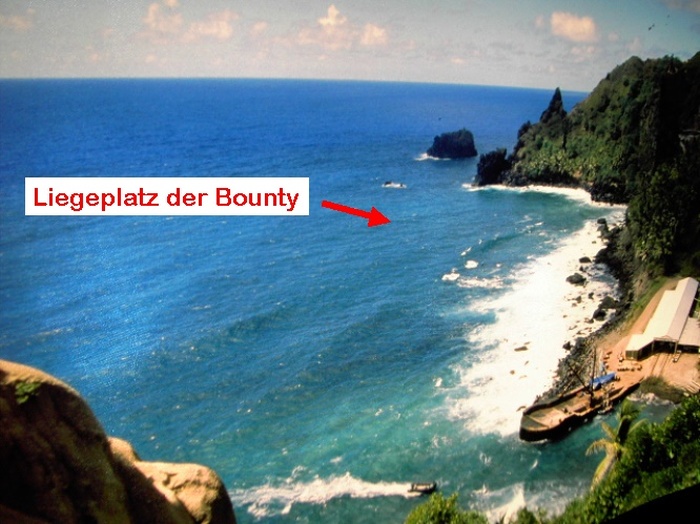
It was at that point that John Adams and Ned Young turned to the scriptures, using the ship’s Bible as their guide for a new and peaceful society. Young eventually died of an asthmatic infection.
It was not until 27 December 1795 that the islanders saw the first ship since the Bounty was last seen from the island. However, it did not approach the land and they could not make out the nationality. A second ship appeared in 1801, but made no attempt to communicate with the islanders. A third one came sufficiently near to see their house, but did not send a boat on shore. At last, the American sealing ship Topaz became the first to visit the island, when the crew spent 10 hours on Pitcairn in February 1808. Whalers subsequently became regular visitors to the island, with the last recorded whaler visiting in 1888.
By the time the Royal Navy found the island in 1814, only one mutineer, John Adams, remained alive. He was granted amnesty for his part in the mutiny.
Most of the 50-or-so islanders claim they descended from Fletcher Christian, one of the original settlers that took refuge on the island. While they don’t exactly live in poverty, island life is not always a paradise. They still boil water in copper pots over rose-apple firewood to serve all of their needs.
Islanders are able to sustain themselves with the help of British financial aid amounting to over $3 million per year. Although job opportunities are scarce, the Government of Pitcairn Islands and the Government of Private Enterprises employ most of the working residents in roles such as domestic work and gardening.
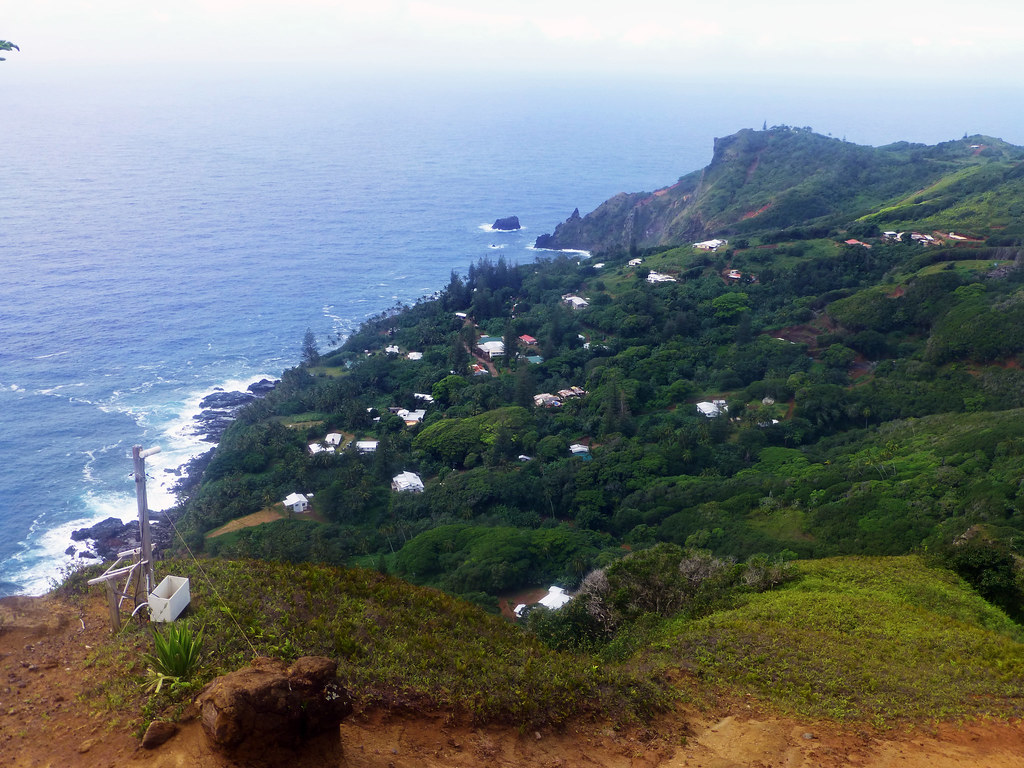
The island’s main industry is tourism, but because of the island’s size and population, it’s somewhat limited. About 10 cruise ships and several yachts stop at Pitcairn every year, but some of the passengers are Pitcairners or their family members. Homemade soaps, purple sea urchin jewelry (fetuei) and bone and wood carvings are available to tourists. Islanders harvest their own coffee, cacao and award-winning tropical raw honey. They sell stamps, coins, postcards and other merchandise as well to subsidize their incomes.
The Pitcairn Island Tourism Coordinator explains on its website that “…issues and differences pass as quickly as they arise on Pitcairn – smiles, cheek and laughter generally reign and in the face of adversity we all do what we do best, ‘Get off it and get on with it!’” This speaks largely to an island culture that shapes the lives of Pitcairnrs, especially considering that generations of child abuse had ensued among native inhabitants and most islanders “looked the other way.” A study of island records confirmed anecdotal evidence that most girls bore their first child between the ages of 12 and 15. “I think the girls were conditioned to accept that it was a man’s world and once they turned 12, they were eligible,” said Australian Seventh-day Adventist pastor Neville Tosen, who spent two years on Pitcairn around the turn of the millennium. Mothers and grandmothers were resigned to the situation, telling him that their own childhood experience had been the same; they regarded it as just a part of life on Pitcairn. One grandmother wondered what all the fuss was about. Tosen was convinced, however, that this early experience was very damaging to the girls. “They can’t settle or form solid relationships. They did suffer, no doubt about it,” he said emphatically.
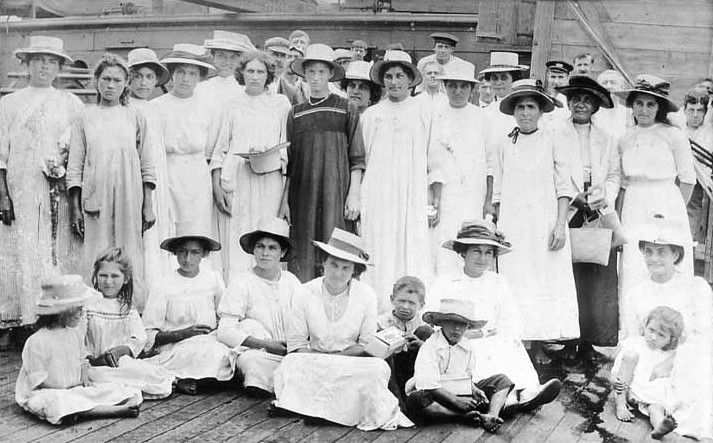
Many changes have taken place since, including the implementation of a full child protection system and the stationing of police officials on Pitcairn for additional protection.
Lack of accessibility and quality of medical care is still a prominent issue for the islanders. The are located 32 hours by yacht from Peru in the Northeast and New Zealand in the Southwest.
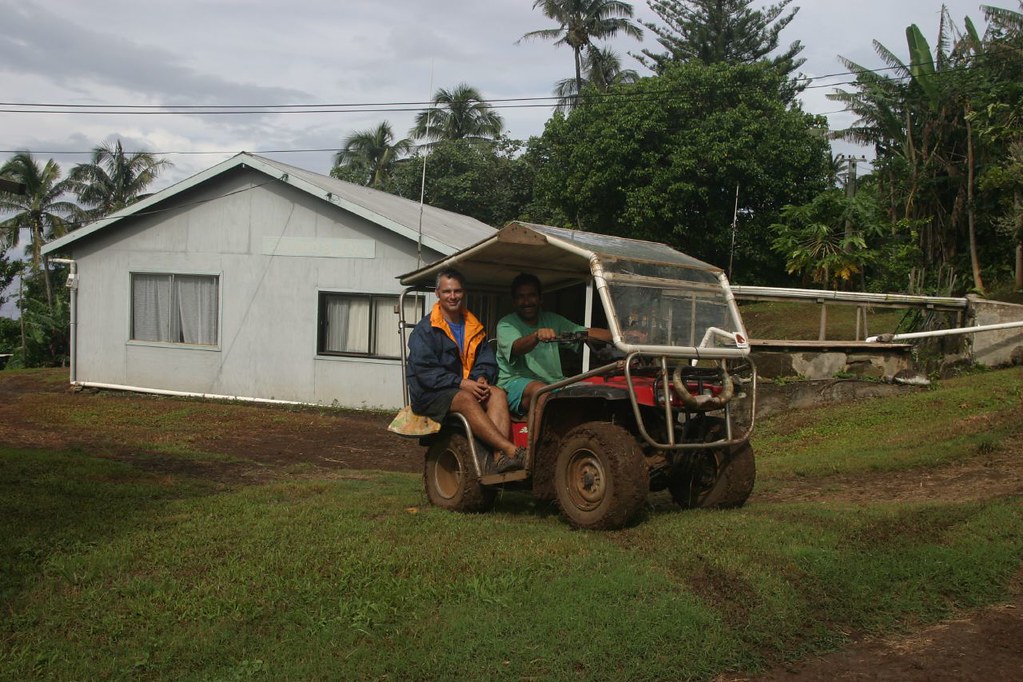
Habitants of Pitcairn claim they are not so isolated any more since technological advances, such as the phone and internet, reached their island in 2006. Now, Pitcairn Islands even makes its products available globally via its official government website. Islanders hope that having an internet connection will help raise awareness about the island and what it can offer to tourists.
Since the highest quality education is not available to Adamstown youth, many children and teenagers go away to attend school elsewhere. Islanders hold education in high esteem and so instead of homeschooling the children, the majority attend school in New Zealand to ensure a proper education.
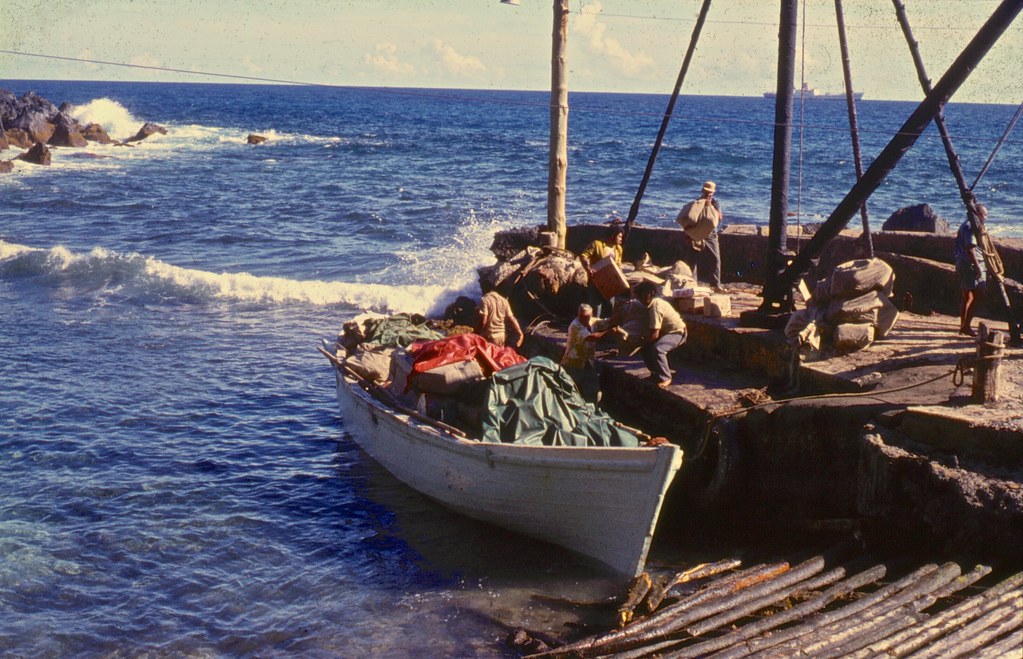
Pitcairn Island once forbid holding hands in public, as well as dancing, drinking alcohol and smoking. These laws have been abolished since and even same-sex marriage was legalized in 2015.
Pitcairn Island has its own prison, which is impressive considering the population, or lack thereof. The prison offers accommodation for tourists, doublig as lodging for travelers for necessary spatial and efficiency purposes.
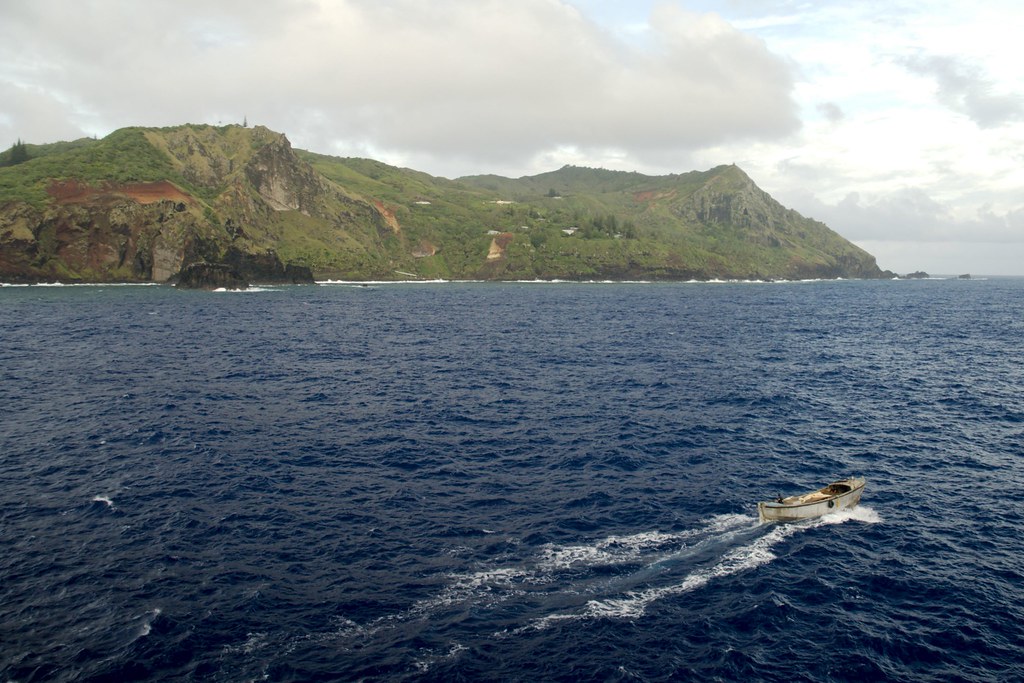

Pitcairn Islands faces real challenges, but mostly due to a dwindling population as opposed to the extreme levels of poverty that exist elsewhere. As long as the island continues to receive financial aid from the British Government, the island should be able to stay afloat financially as long as its inhabitants and future immigrants are able to sustain a population.

Leave a Reply